

🦋 xerces.org/press/revolu...
📡 Hear from the CTT team in coverage by @nytimes.com ➡️ www.nytimes.com/2025/11/17/s...

🦋 xerces.org/press/revolu...
📡 Hear from the CTT team in coverage by @nytimes.com ➡️ www.nytimes.com/2025/11/17/s...


See posting for specific taxonomic gps preferred.
See posting for specific taxonomic gps preferred.
A new study has found that the moths, with no parents to guide them, rely on bright stars and the Milky Way visible in the night sky to aid their migrations.

A new study has found that the moths, with no parents to guide them, rely on bright stars and the Milky Way visible in the night sky to aid their migrations.
#entomology #science #sciencejobs #bugsky 🧪
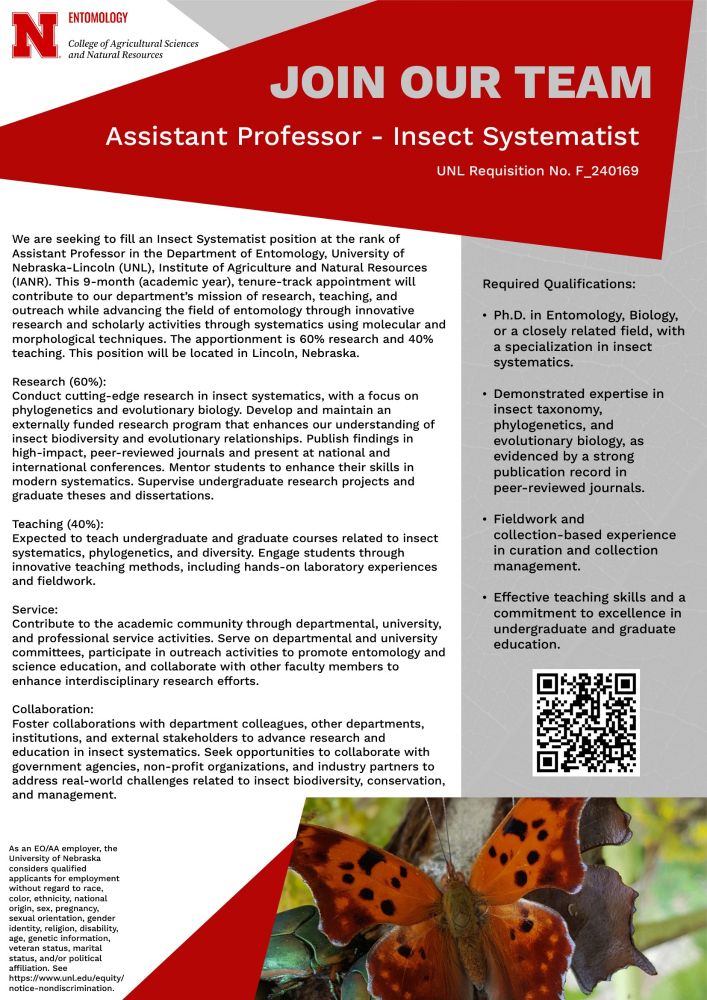
#entomology #science #sciencejobs #bugsky 🧪
Coauthors and I just published our work in PLOS One on Canadian graduate funding. We found that Canadian graduate funding falls _well_ below cost of living.
On average, $10kCAD below cost of living.
journals.plos.org/plosone/arti...
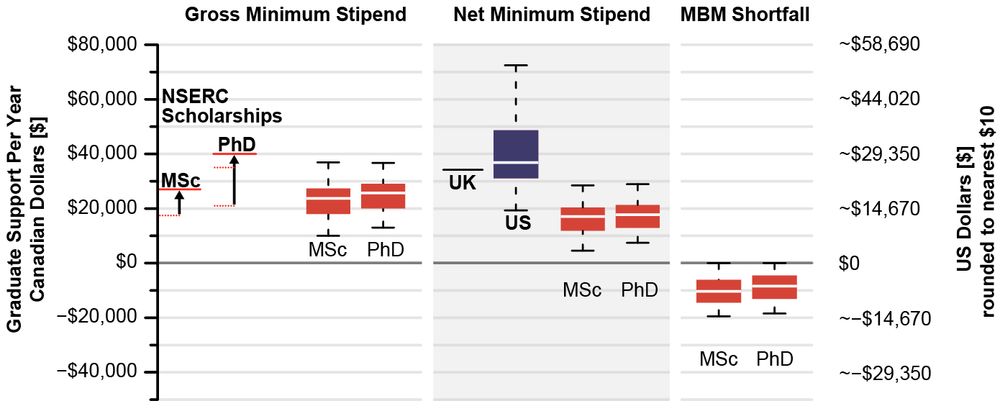
Coauthors and I just published our work in PLOS One on Canadian graduate funding. We found that Canadian graduate funding falls _well_ below cost of living.
On average, $10kCAD below cost of living.
journals.plos.org/plosone/arti...
#biogeography #insectmigration #butterflymigration #butterflies #evolution
shorturl.at/UFrrU

#biogeography #insectmigration #butterflymigration #butterflies #evolution
shorturl.at/UFrrU
East or West? Different populations of Red-necked Phalaropes use distinct migration routes
avianhybrids.wordpress.com/2019/05/15/e...
#ornithology

East or West? Different populations of Red-necked Phalaropes use distinct migration routes
avianhybrids.wordpress.com/2019/05/15/e...
#ornithology
👉 doi.org/pjvs
@sphaeromeria.bsky.social @ibb-botanic.bsky.social
#AoBpapers
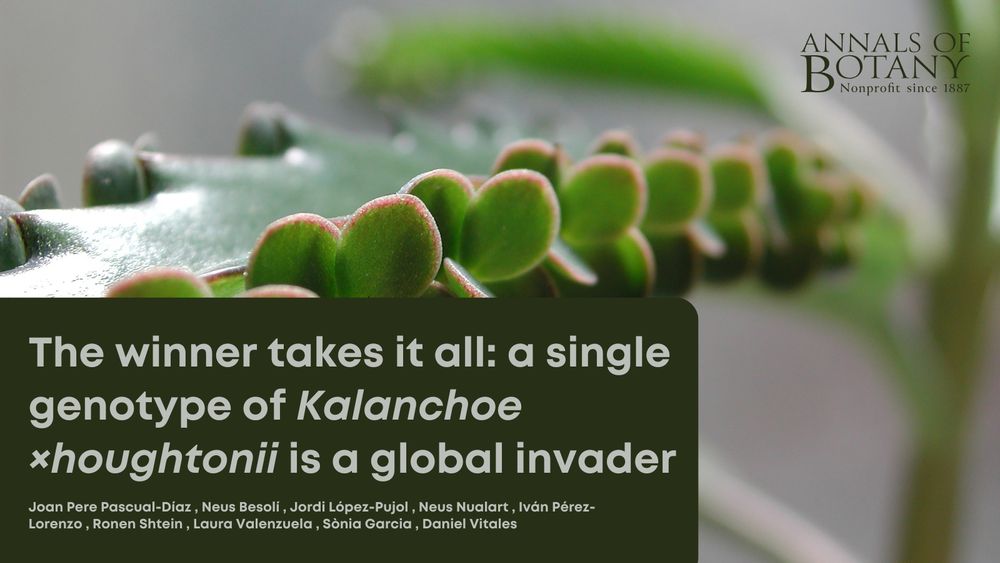
👉 doi.org/pjvs
@sphaeromeria.bsky.social @ibb-botanic.bsky.social
#AoBpapers
www.scientificamerican.com/article/this...

www.scientificamerican.com/article/this...
The BaySISS Stable Isotope Summer School application deadline is March 16, 2025!
✅ Learn from global experts
✅ Get hands-on lab training
✅ Free participation & travel grants available!
Don’t wait—apply now!
🔗https://www.bayceer.uni-bayreuth.de/baysiss
#StableIsotopes #Science
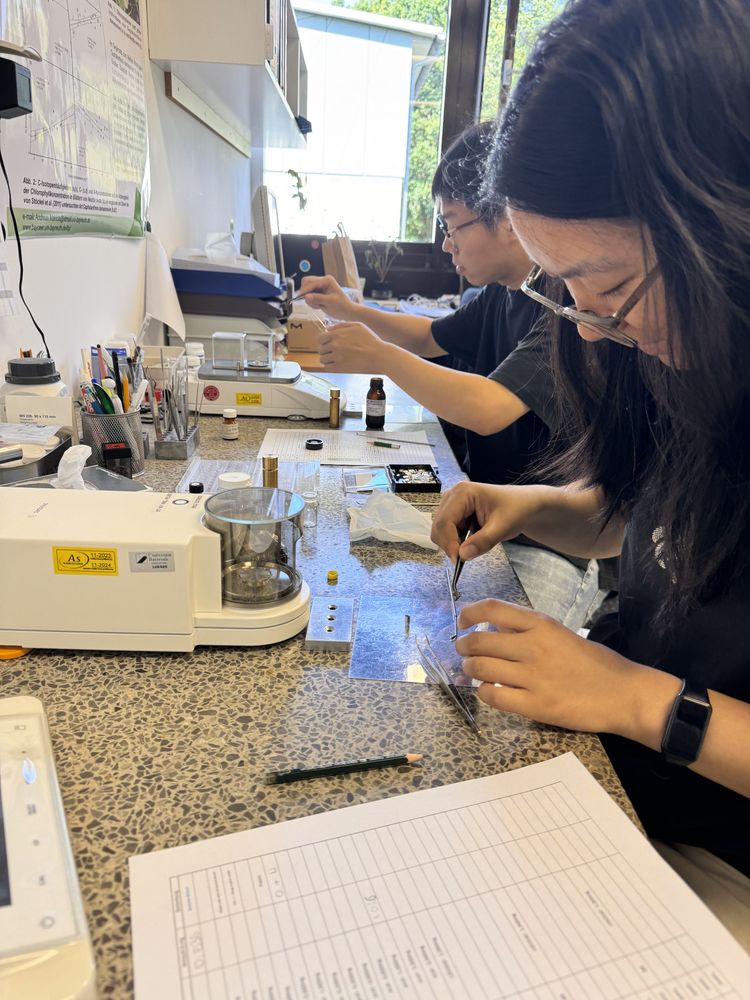
onlinelibrary.wiley.com/doi/10.1111/...
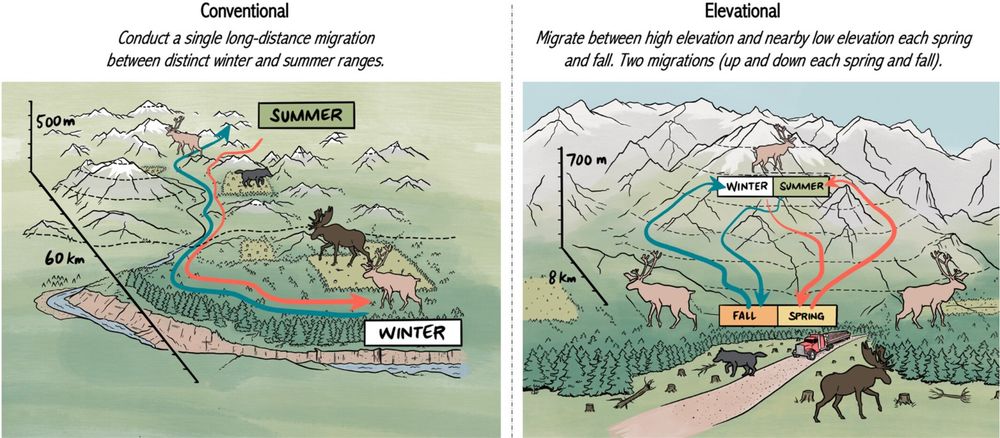
onlinelibrary.wiley.com/doi/10.1111/...

www.facetsjournal.com/doi/10.1139/...

www.facetsjournal.com/doi/10.1139/...
in Vanessa cardui: Short- and long-distance migrants
are genetically undifferentiated," out in PNAS Nexus!
doi.org/10.1093/pnas...
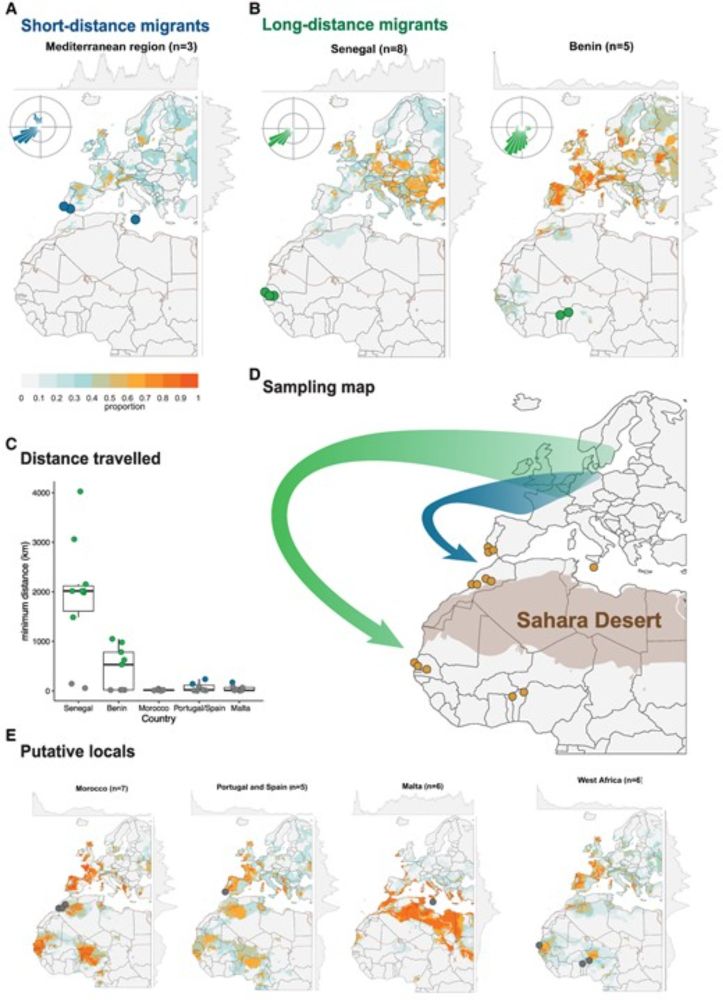
in Vanessa cardui: Short- and long-distance migrants
are genetically undifferentiated," out in PNAS Nexus!
doi.org/10.1093/pnas...
xerces.org/press/wester...






www.science.org/doi/10.1126/...
By Edward Hurme; Ivan Lenzi; Martin Wikelski; Timm Wild; and Dina Dechmann
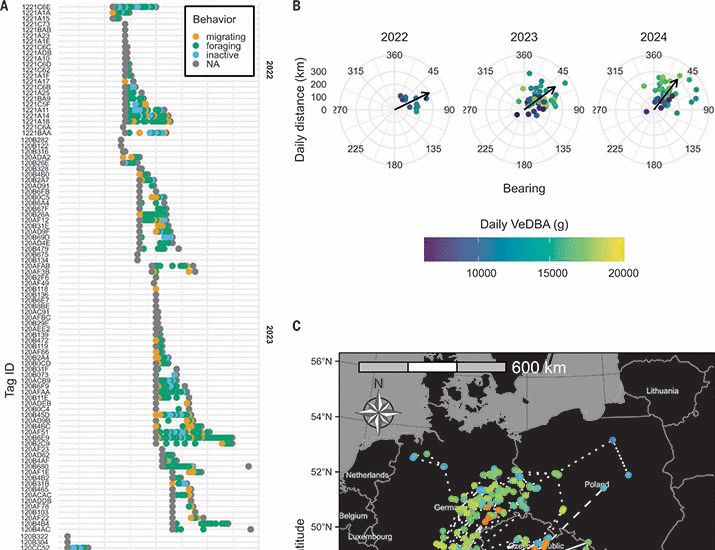
www.science.org/doi/10.1126/...
By Edward Hurme; Ivan Lenzi; Martin Wikelski; Timm Wild; and Dina Dechmann
www.cell.com/iscience/ful...
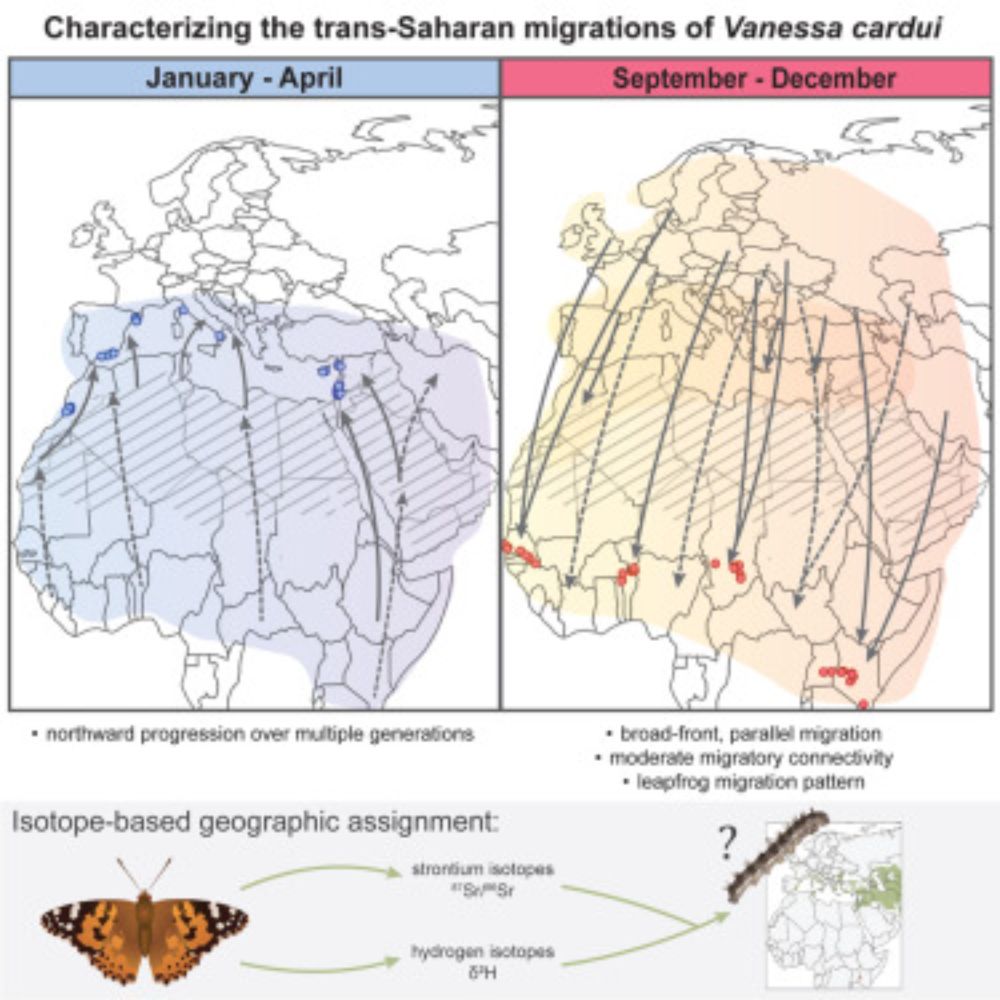
www.cell.com/iscience/ful...



